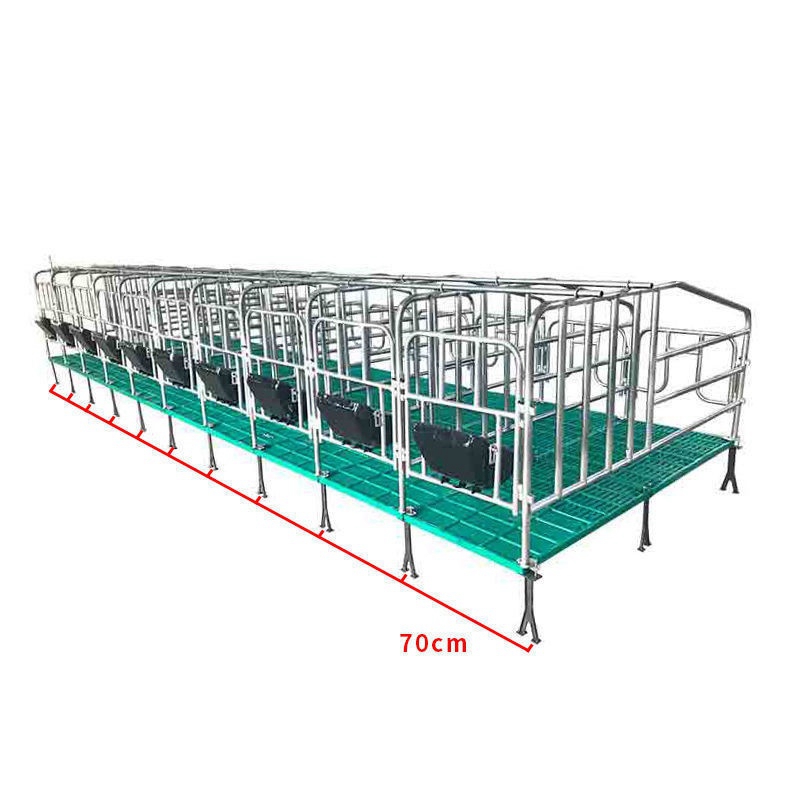Effective Chicken Plucking Tools for Poultry Processing and Farm Efficiency
Dec . 21, 2024 02:24 Back to list
Effective Chicken Plucking Tools for Poultry Processing and Farm Efficiency
The Rise of the Chicken Plucker Revolutionizing Poultry Processing
In recent years, the poultry industry has experienced significant transformations, driven by technological advancements and an increased demand for efficiency. One pivotal innovation in this sector is the chicken plucker, a machine designed to automate the feather removal process after chickens are slaughtered. The advent of chicken pluckers has not only streamlined poultry processing but has also enhanced meat quality, increased productivity, and improved working conditions for laborers.
Understanding the Chicken Plucker
A chicken plucker typically consists of a rotating drum covered with rubber fingers or scrapers. After the chickens are processed, they are placed inside the drum where the fingers agitate the carcasses, effectively removing feathers through friction. This process, which traditionally relied on manual labor, can now be completed in a fraction of the time, allowing poultry processors to handle larger volumes with greater efficiency.
The efficiency offered by chicken pluckers is particularly crucial in meeting the soaring demand for poultry products. As consumer preferences lean towards convenient and readily available protein sources, poultry remains a staple in diets worldwide. The need for processing plants to maximize output while maintaining quality is paramount, and chicken pluckers have risen to the occasion.
Benefits of Chicken Pluckers
1. Increased Efficiency One of the most significant advantages of using a chicken plucker is the considerable reduction in processing time. Manual plucking can take several minutes per bird, while machines can complete the job in seconds. This not only boosts output but also enables processing facilities to operate at optimal capacity.
2. Labor Savings The automation provided by chicken pluckers allows processors to reduce labor costs. Fewer workers are needed for plucking, enabling staff to focus on other essential tasks in the processing line. This shift not only lowers labor costs but also minimizes the risk of injuries associated with manual plucking, as workers are no longer subjected to repetitive motions for prolonged periods.
chicken plucker poultry

3. Enhanced Meat Quality With chicken pluckers, the feather removal process is more consistent, which translates to better meat quality. Effective plucking minimizes skin damage and reduces the risk of contamination, leading to a higher-grade product that meets consumer expectations for both safety and taste.
4. Improved Working Conditions Automating the plucking process alleviates the physical strain on workers. Manual plucking is labor-intensive and often results in fatigue and stress injuries. The transition to mechanical pluckers allows workers to engage in less physically demanding tasks, fostering a safer and more sustainable work environment.
Challenges and Considerations
While chicken pluckers have transformed poultry processing, the industry faces its set of challenges. Initial costs for purchasing and maintaining these machines can be significant, particularly for small to mid-sized operations. Additionally, the adaptation to new technologies may require training for existing staff, which can also strain budgets.
Moreover, as the industry strives for efficiency, there is an increasing need to ensure that animal welfare standards are upheld. The mechanical processes must be designed to minimize stress and discomfort for the birds, necessitating ongoing evaluation and adaptation of practices.
Looking Ahead
As the poultry industry continues to evolve, the role of chicken pluckers will undoubtedly expand. Innovations such as smart technology integration and improved designs are on the horizon, promising even greater efficiencies and animal welfare considerations. For producers seeking to remain competitive in an ever-changing market, investing in chicken plucking technology is not just an option; it is becoming a necessity.
In conclusion, the chicken plucker represents a critical advancement in poultry processing that addresses efficiency, quality, and labor concerns. As the industry adapts and grows, the integration of such technologies will play a fundamental role in meeting the global demand for poultry products while ensuring sustainable practices. The future of poultry processing seems bright, with the chicken plucker leading the charge.
-
Hot Sale 24 & 18 Door Rabbit Cages - Premium Breeding Solutions
NewsJul.25,2025
-
Automatic Feeding Line System Pan Feeder Nipple Drinker - Anping County Yize Metal Products Co., Ltd.
NewsJul.21,2025
-
Automatic Feeding Line System Pan Feeder Nipple Drinker - Anping County Yize Metal Products Co., Ltd.
NewsJul.21,2025
-
Automatic Feeding Line System - Anping Yize | Precision & Nipple
NewsJul.21,2025
-
Automatic Feeding Line System - Anping Yize | Precision & Nipple
NewsJul.21,2025
-
Automatic Feeding Line System-Anping County Yize Metal Products Co., Ltd.|Efficient Feed Distribution&Customized Animal Farming Solutions
NewsJul.21,2025






